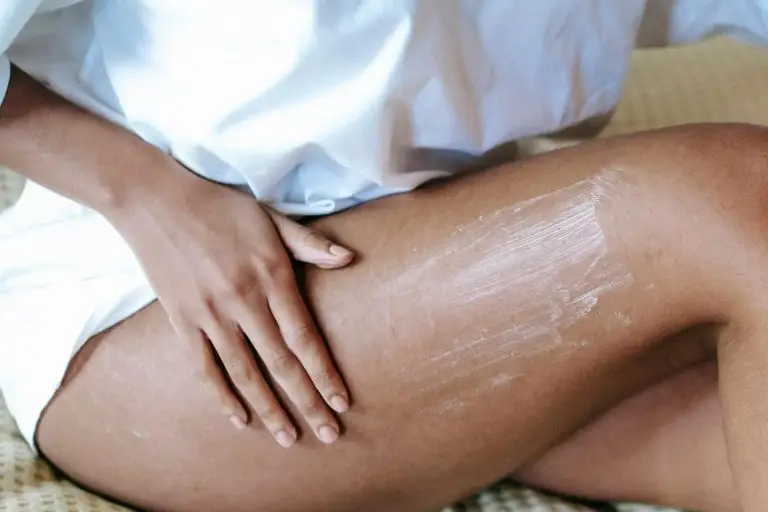Protect Your Skin From The Sun And From Melasma
Commonly found in women in their reproductive years between 20 to 50 years old, melasma often occurs during pregnancy in women with olive or darker skin that are of Hispanic, Asian or Middle Eastern descent, but can occur in anyone. It is a discoloration or hyper-pigmentation of the skin that looks brown, blue gray or tan and occurrences seem to be related to excessive exposure to the sun along with internal hormonal changes during pregnancy and birth control pills.
Melasma is a benign skin condition although it can be unattractive for the person affected, but it is not related to any medical disorder so it is relatively harmless in nature. It is a skin condition that often only occurs when a woman is pregnant or infrequently during a period of a few years and then goes away completely. As everyone’s skin is different melasma is not a serious skin condition that should be cause for major concern. It, however, can be treated if necessary.
Factors that Influence Melasma:
It is unknown what the exact cause of melasma is, but it seems to be influenced by hormone replace therapy, birth control pills and other medications such as anti-seizure meds along with race and heredity if there is a history of melasma in the family. Exposure to sunlight especially without any protection or sunscreen is deemed to be the leading cause of melasma and occurrences most often develop during the summer months when the sun is at its hottest and most intense.
Other factors that can influence melasma are endrocrine dysfunction or a nutritional deficiency or hepatic dysfunction. But the majority of cases occur during pregnancy or the use of oral contraceptives especially if there is a deficiency of folic acid during the pregnancy. Melasma can occur during menopause or if there are ovarian disorders that often result in hormone imbalance. Some deodorant soaps and toiletries and cosmetics that are scented have been known to cause an outbreak of melasma.
What Does Melasma Look Like?
Melasma primarily shows up on the face in dark patches of brown discoloration or hyper-pigmentation on the skin including the cheeks, forehead, nose, chin, upper lip and jaw. It can also rarely occur on the arms. It shows up most often when there has been exposure to the sun. These patches of dark brown spots colored patches of skin are irregular in shape with uneven though often symmetrical distribution on the sides of the nose, forehead or cheeks and other areas as indicated.
How Do You Treat Melasma?
Use of a sunscreen with a broad spectrum for UVA and UVB sun ray protection of at least SPF 30 is essential to keep melasma at bay and avoid outbreaks. Sunscreens should be used daily and exposure to the sun for long period of time should be avoided. You should avoid use of any cleansers, makeup or other skin care products that irritate your skin. Bleaching cream and face whitening creams that contains hydroquinone is often used to treat melasma to lighten the skin’s hyper-pigmentation and even out the skin tones. It should not be used during pregnancy, however. Laser treatments, chemical peels, or microdermabrasion are all types of treatments that can be tried to treat melasma. Retin-A creams can be used at night to treat the areas of hyper-pigmented skin.
Other Methods of Prevention and Treatments:
Other types of treatments for melasma include antioxidant supplements that are known to enhance the results of any other melasma treatments. Natural lightening creams that contain antioxidants are also effective. Cleansers and mild soaps that are designed specifically for melasma should be used because they will not irritate the skin. Calamine and other moisturizing lotions that contain nutrients and soothing extracts are great to keep the skin hydrated. Excessive exposure to the sun seems to be the major stimulation so it is important that you use a sunscreen along with protective clothing if your skin is more predisposed to melasma. Wide hats always are a help as melasma occurs most frequently on the facial areas of the head so it is essential to keep that area protected. Protective facial Mineral makeup is also available that can be worn to help to keep the skin tones even.



